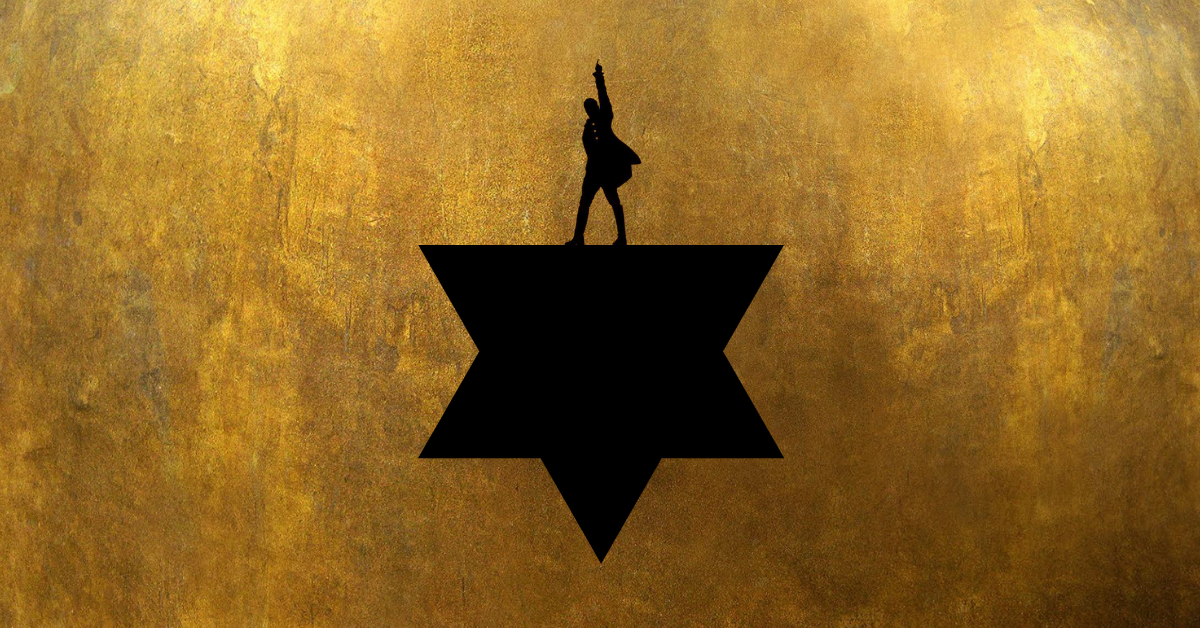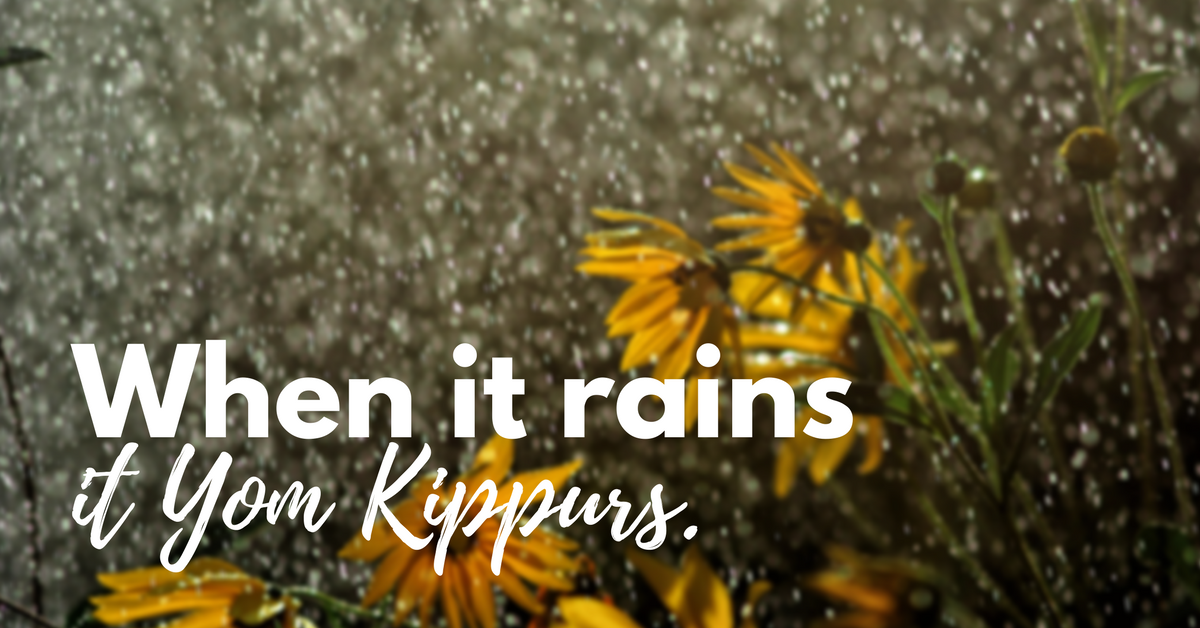This is the sermon I delivered on Yom Kippur, September 25, 2023.
I’m Rabbi Posen, for those of you who may be new. Natan Meir, Eddy Shuldman, and Mark Sherman are also part of our fantastic service-leading team. This is how we identify each other, by our names. For all of human existence, we have come to the conclusion that we are the only species that does this, that calls each other by name. Even when scientists study language in other animals, like dolphins, they’ve determined that the changes in their vocalizations aren’t names, they’re simply imitations of the other dolphins’ sounds.

At least, this is what they thought until now. Just a few weeks ago, researchers from Colorado State University released findings suggesting that elephants may in fact call each other by names. Not in the loud trumpet sounds we associate with elephants, but with low-frequency vocal rumbles they use to communicate over long distances.
The team analyzed hundreds of these rumbles and found, using machine learning, that some were specifically directed at individual elephants, and they weren’t merely imitations of the recipient elephant. Then they played back recordings of the rumblings to groups of elephants, and the ones that heard their own names responded by moving quickly toward those sounds.
If this study is peer-reviewed and verified, can you imagine what this means? This completely changes the way we see animals and how they interact. Michael Pardo, a behavioral ecologist from Colorado State, said that these new findings potentially “blur the line” between “what we think is unique to human language versus what is found in other animal communication systems.”
I want you to hold on to this news story in your mind, while I share a personal story.
A few weeks ago I was out for a walk in our neighborhood. That will come as no surprise to most of you. I was listening to an audiobook, just in the zone, taking in the world around me, when a neighbor came up to me. “Do you have a minute for a rabbi question?” He must have seen the split-second change of expression on my face as I decided if I was going to be present for him or keep my focus on my book, because he followed it up with: “I’ll keep walking with you so you won’t have to stop.” So we walked.
His question: Why do some Jews do the unveiling of the headstone at 12 months and others at 30 days? Where did this come from? As with most rabbi questions, this took us down a metaphorical conversation path, not unlike the literal neighborhood path we were on. It lead to a discussion about ritual and tradition, obligations of mitzvot, and how all of this changes over time. We spent about a mile discussing our own traditions, our family histories and origins, and marveled at how we’re connected deeply to our roots by the way in which we celebrate our Judaism today.
I’ve sermonized about death before. Judaism doesn’t shy away from this topic. As human beings, we’re already naturally fascinated by our own mortality, and Jewish tradition comes along and basically says, “I know, right??” The idea that Judaism has outlined a process for everything, including mourning, is part of what made me want to become a rabbi. The whole Jewish grief procedure is partly about providing comfort to the mourners, but also about encouraging us to remember. These time markers – seven days, 30 days, 365 days – they keep loved ones with us. They lengthen their days even after they’ve died.
Last year at the end of Yom Kippur services, a few of you came up to me to ask about my tallit. Some of you may have noticed that I have two tallitot that I wear throughout this service. This (regular) one which is my every Shabbat and holiday tallit, and this one (my dad’s) that I put on only for Yizkor. I’ve done this for the past 16 years since my father passed away.
There are ways in which the people who came before us live on. It’s through the stories we tell about them. It’s through the college fund they set up long ago that their great-grandchildren are finally old enough to use. It’s through the dining room table in our house that used to be in Duncan’s grandparents’ dining room, where Duncan and his family had countless Shabbat dinners and Pesach seders. For me, this tallit is how my dad Steven lives on, l’ma’an ya’arichun y’mecha. Because of this tallit, because of stories, because of Shiri’s own name, because of my last name, my father’s days have been lengthened.
Back to Colorado State University. Do you think that elephants can do what I just did? This would have been a stranger question if I had opened with it. But understanding now what we just found out weeks ago that could possibly make elephants the only known non-human animal to communicate using the abstract construct of names . . . do you think elephants tell stories about other elephants who’ve died? Is it possible that elephants publicly mourn?
It’s fascinating, isn’t it? And not just for the scientific discovery, but also because it builds on what we already know about elephants and their incredible recall. “Elephants never forget” isn’t just a saying. In one study, scientists who researched elephant packs at an East African national park in the early 90s saw that the mortality rate of elephants during a severe drought was much higher for the packs with younger matriarchs because the older ones were able to recall a similar drought from decades earlier that forced them to go in search of alternative food sources. Memory legitimately lengthened their days.
L’ma’an ya’arichun y’mecha. With our memory, we lengthen our days. By recalling memories of loved ones, we lengthen their days. We use the phrase “till 120” to wish someone good health on their birthday, knowing they won’t live to be 120. But in a very real way, they will live well past 120 in our memories. Gematria, the Kabbalistic numerological system, assigns values to words through their letters. It’s why chai is 18, because the values of chet and yud add up to 18. Fun fact: Want to know what the letters pey, yud, lamed, which spells peel, the Hebrew word for elephant, add up to? 120.
How do we carry people with us? Like the Israelites carrying the Tabernacle through the wilderness, we have a history of looking for tangible ways to carry the intangible in our hearts. We carry people through their tallitot. Through their dining room table. Through stories of family vacations, weddings, retelling of old terrible jokes. And through names. It could be the Ashkenazi tradition of naming after someone who has passed or the Sephardi tradition of continuing the legacy while the loved one is still alive.
However we carry them, we lengthen their days. By saying Yizkor, that reminder at certain times throughout the year, and lighting the Yahrtzeit candle, l’ma’an ya’arichun y’mecha. We lengthen their days for as long as their names stay on our lips. For as long as those low rumbles pass on from generation to generation.
If anyone has brought with you a beloved item, or even just a lesson or memory, from a loved one, I invite you to share about it if you’re comfortable doing so.
Before we recite Yizkor, as we think about how our loved ones live on with us, I’d like to share a reading with you. This poem is called “A Man Doesn’t Have Time In His Life,” by Yehuda Amichai.
A man doesn’t have time in his life
to have time for everything.
He doesn’t have seasons enough to have
a season for every purpose. Ecclesiastes
Was wrong about that.
A man needs to love and to hate at the same moment,
to laugh and cry with the same eyes,
with the same hands to throw stones and to gather them,
to make love in war and war in love.
And to hate and forgive and remember and forget,
to arrange and confuse, to eat and to digest
what history
takes years and years to do.
A man doesn’t have time.
When he loses he seeks, when he finds
he forgets, when he forgets he loves, when he loves
he begins to forget.
And his soul is seasoned, his soul
is very professional.
Only his body remains forever
an amateur. It tries and it misses,
gets muddled, doesn’t learn a thing,
drunk and blind in its pleasures
and its pains.
He will die as figs die in autumn,
Shriveled and full of himself and sweet,
the leaves growing dry on the ground,
the bare branches pointing to the place
where there’s time for everything.


